Creative Destruction: Economic Impact and Analysis
VerifiedAdded on 2020/04/01
|5
|844
|132
Homework Assignment
AI Summary
This assignment delves into the concept of creative destruction, as coined by Joseph Schumpeter, examining its transformative effects on industries and economic structures. It explores the process by which innovation dismantles established arrangements, freeing resources for new ventures, and the implications of this process on labor markets, with consideration for government intervention. The assignment further analyzes the views of free-market economists on creative destruction, the role of failing businesses, and the long-term benefits of economic change. It also critiques the potential downsides of creative destruction, such as structural and regional unemployment. Finally, it investigates the concept of universal basic income (UBI) as a potential solution to economic challenges, addressing arguments for and against its implementation, including its impact on work incentives and potential costs. The assignment uses references to support the analysis.
1 out of 5
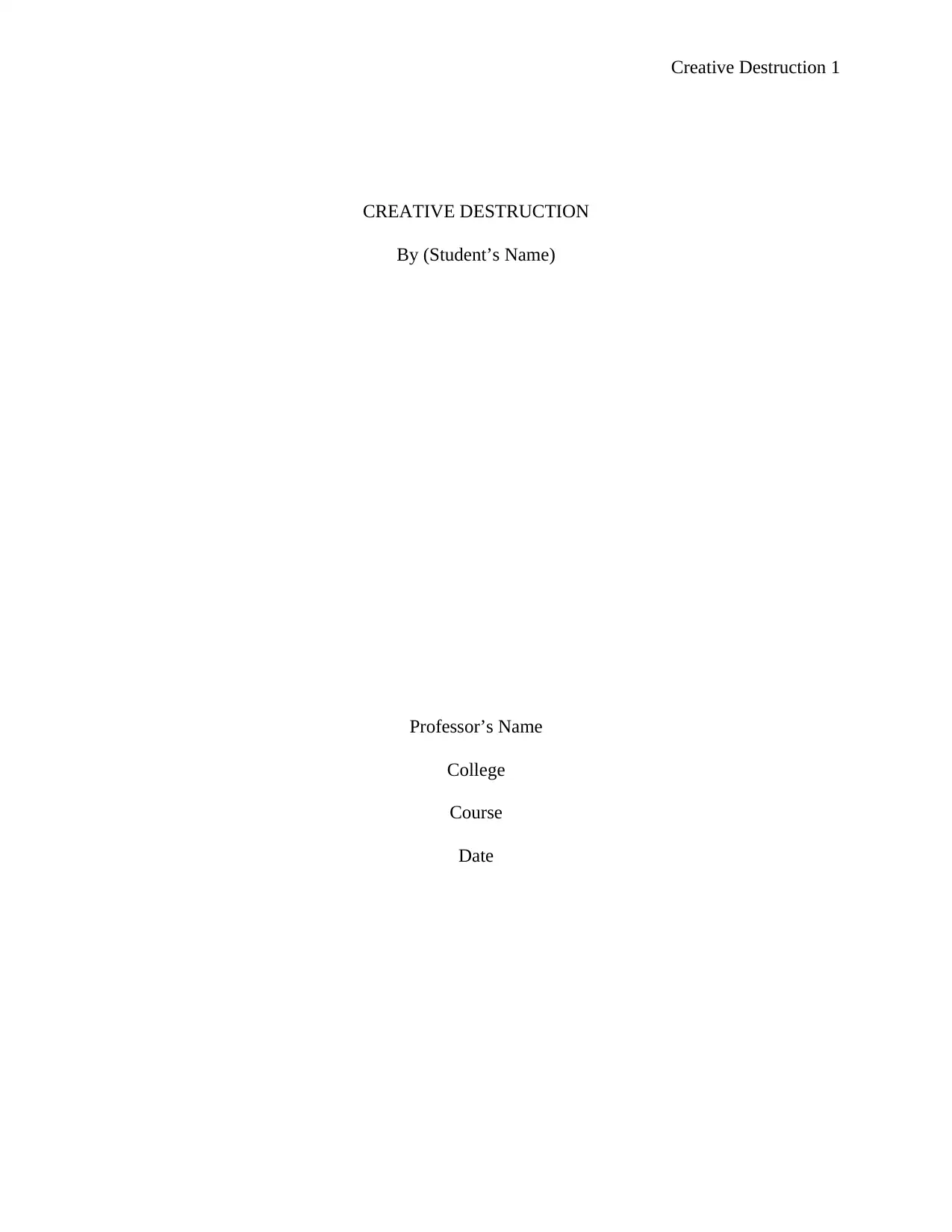
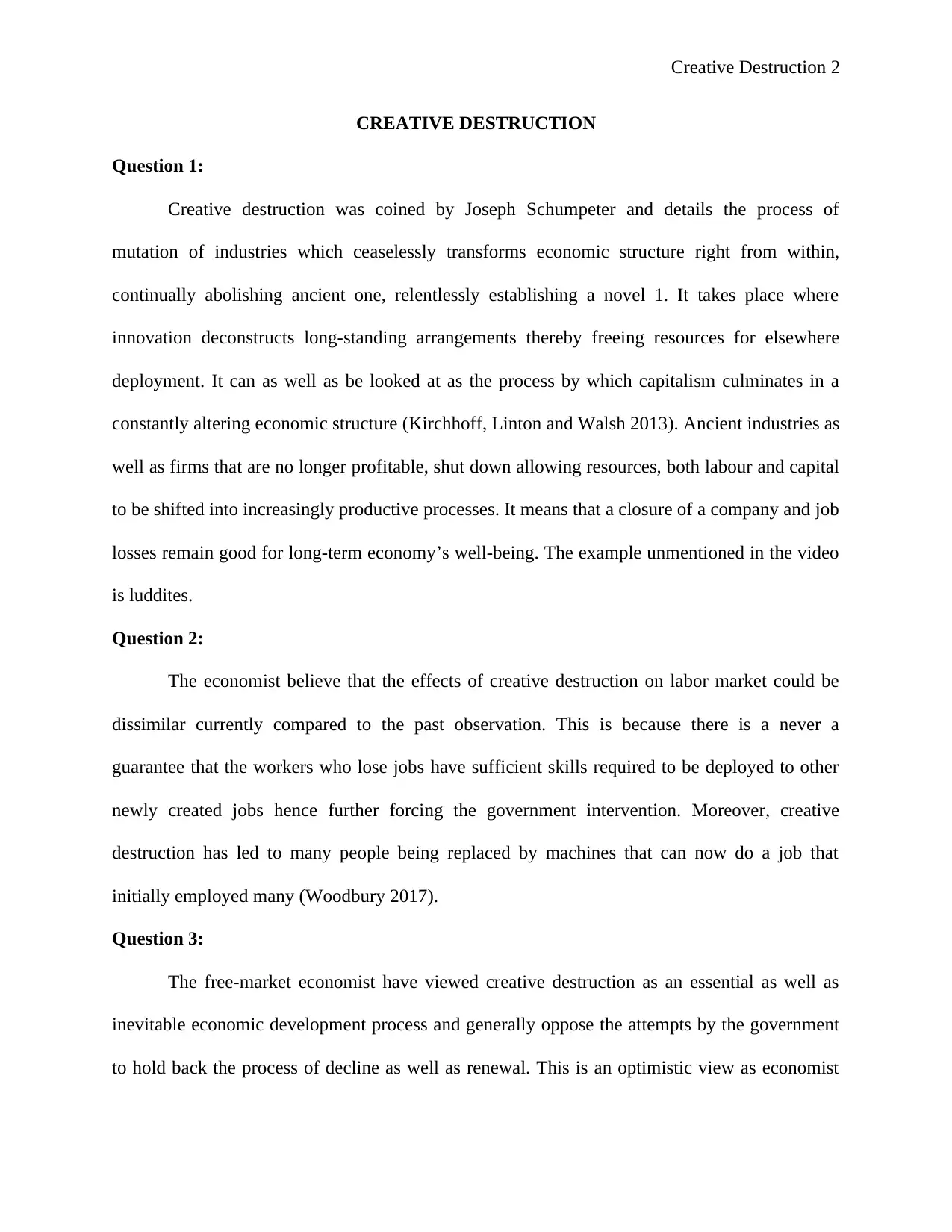
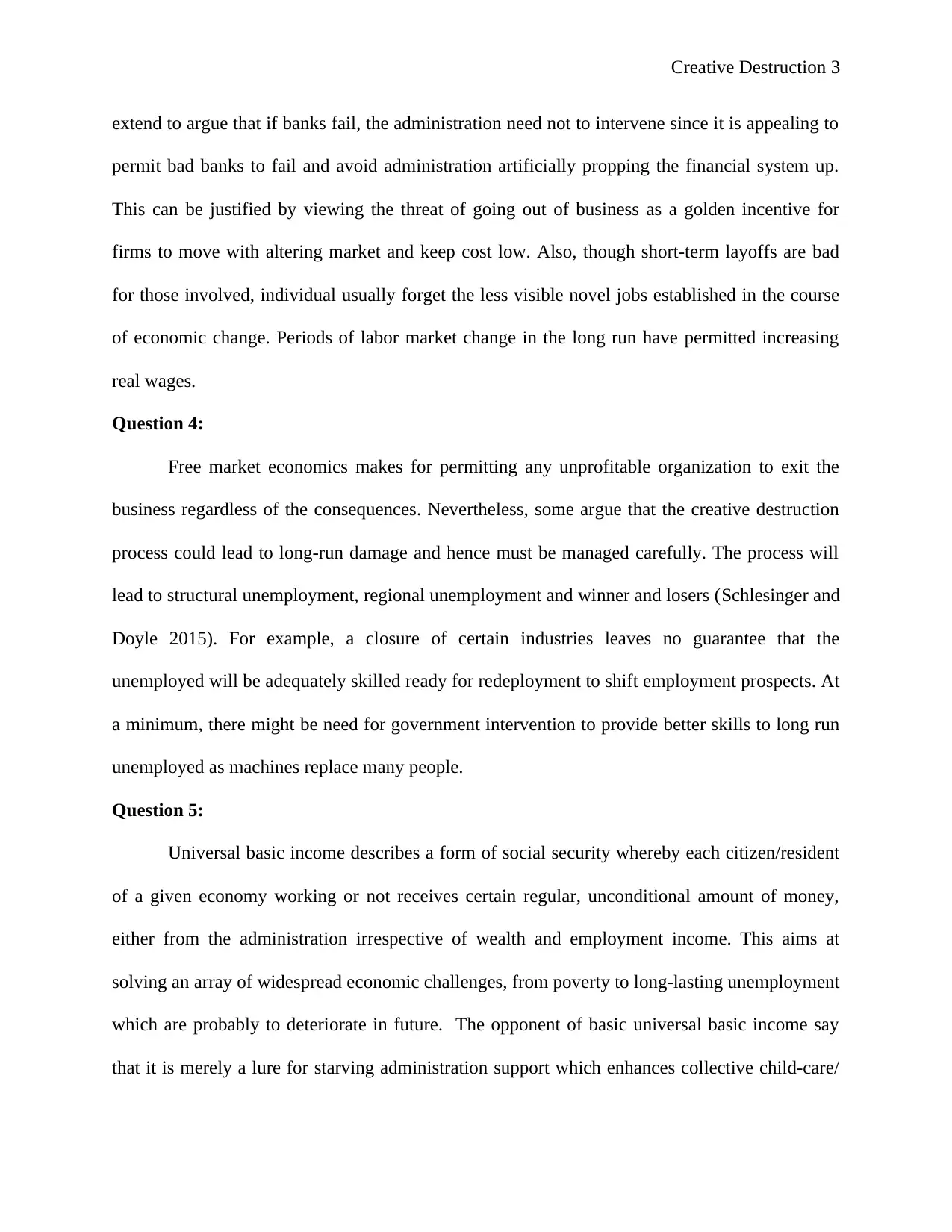

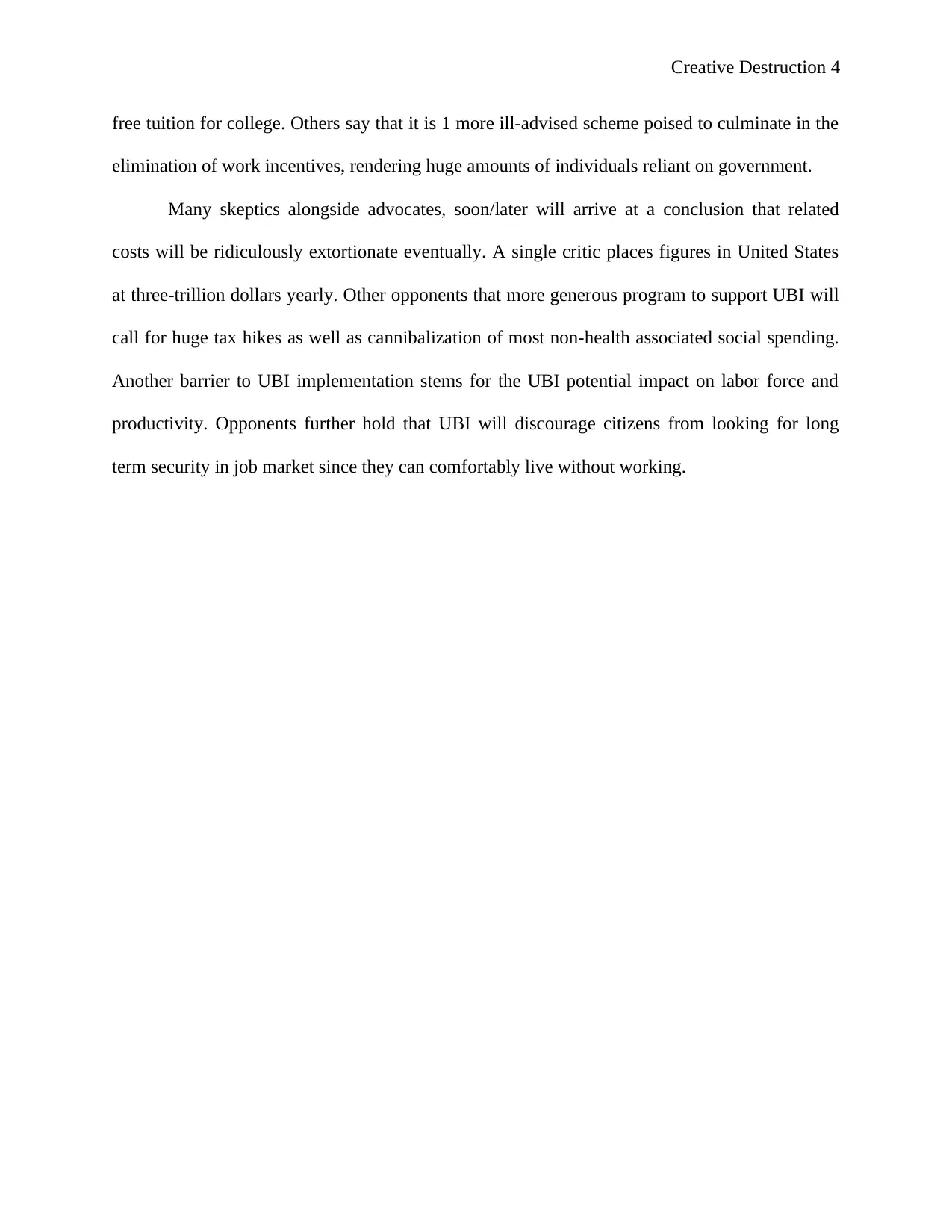
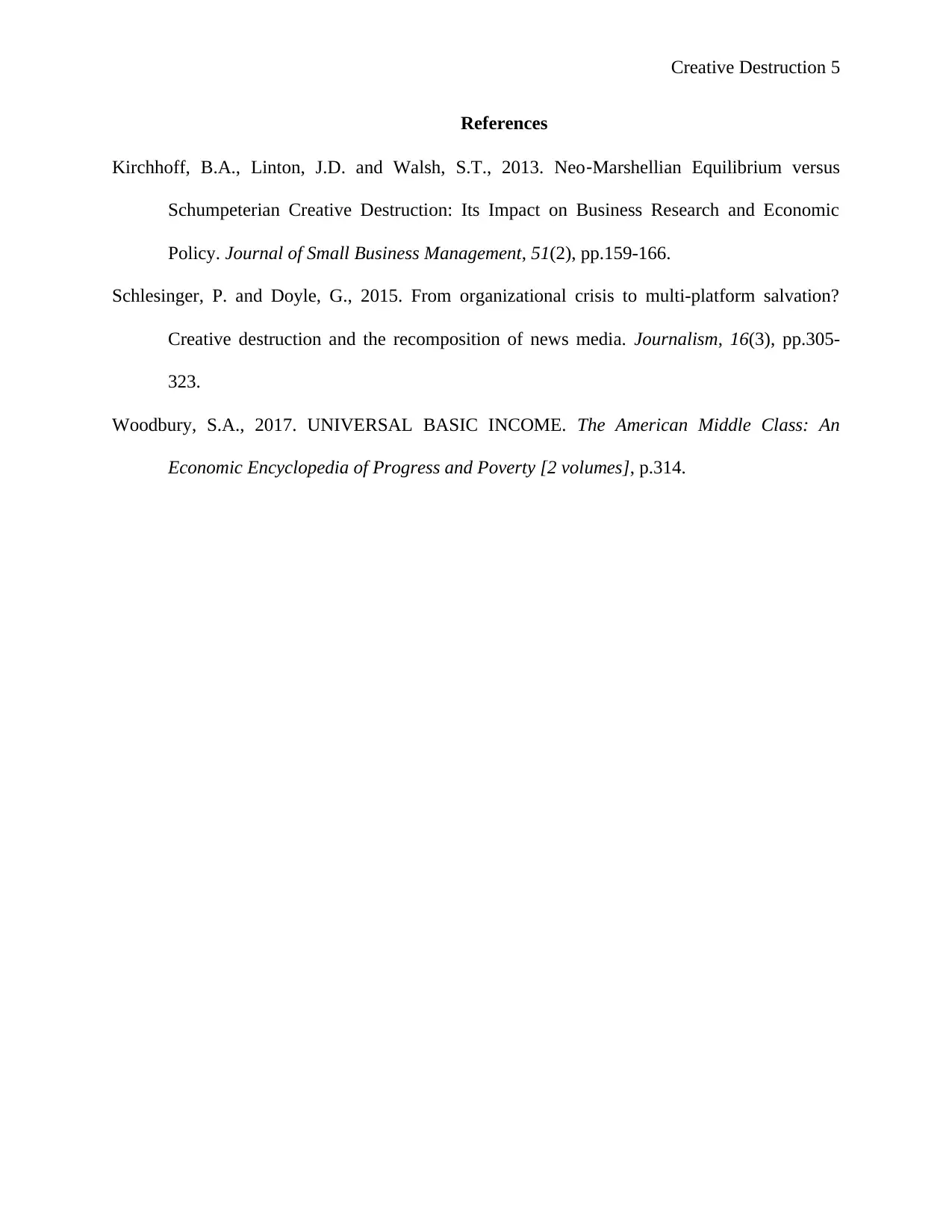

![[object Object]](/_next/static/media/star-bottom.7253800d.svg)